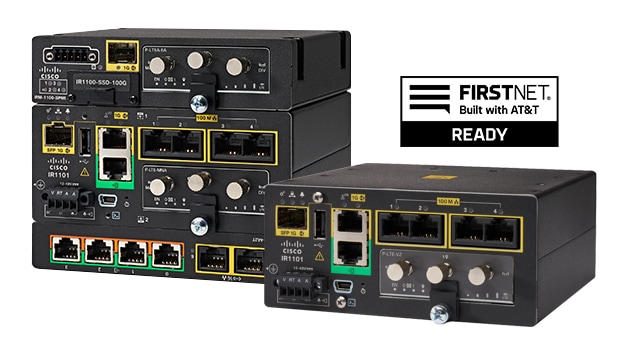

Public services on the internet using any of the probes.Īs soon as a probe starts, it automatically connects to the PRTG core server, downloads the sensor configuration, and begins its monitoring tasks.

Secured services on mail server and web server using remote probe 3 and remote probe 4 installed directly on these servers.Secured services that are inside the branch office (bottom right) using remote probe 2.Services that are behind a firewall in the corporate LAN using remote probe 1.Services that are inside the corporate LAN using the local probe.The PRTG core server inside the corporate LAN (top left) can monitor: Monitoring a Distributed Network with PRTG The following chart shows an example for a remote probe scenario. You experience performance issues with CPU-intensive sensors like Packet Sniffer or NetFlow sensors and need to distribute the load among more than one computer.You want to monitor NetFlow data on a different computer.You want to sniff packets on a different computer.You want to monitor systems in a secure network and you need a secure connection between the PRTG core server and that network.
 Your network is divided into several LANs that are separated by firewalls, and the local probe cannot monitor specific services across these firewalls. You have more than one location and you need to make sure that services are available from all locations. You use PRTG Hosted Monitor and want to monitor your local network. Among these situations are the following: There are several situations that make it necessary to work with remote probes in the same LAN or in remote locations. For LAN monitoring with PRTG Hosted Monitor, at least one remote probe is required because the hosted probe can only reach targets that are publicly available via the internet. Working only with a local probe should suffice for LAN monitoring with PRTG Network Monitor and if you want to monitor one location only. They run on the PRTG core server system and monitor all reachable devices, servers, and services from the system, using the sensors you configure. Upon installation, PRTG automatically creates the first probe, namely the local probe in PRTG Network Monitor, and the hosted probe in PRTG Hosted Monitor. PRTG Manual: Remote Probes and Multiple Probes
Your network is divided into several LANs that are separated by firewalls, and the local probe cannot monitor specific services across these firewalls. You have more than one location and you need to make sure that services are available from all locations. You use PRTG Hosted Monitor and want to monitor your local network. Among these situations are the following: There are several situations that make it necessary to work with remote probes in the same LAN or in remote locations. For LAN monitoring with PRTG Hosted Monitor, at least one remote probe is required because the hosted probe can only reach targets that are publicly available via the internet. Working only with a local probe should suffice for LAN monitoring with PRTG Network Monitor and if you want to monitor one location only. They run on the PRTG core server system and monitor all reachable devices, servers, and services from the system, using the sensors you configure. Upon installation, PRTG automatically creates the first probe, namely the local probe in PRTG Network Monitor, and the hosted probe in PRTG Hosted Monitor. PRTG Manual: Remote Probes and Multiple Probes







 0 kommentar(er)
0 kommentar(er)
